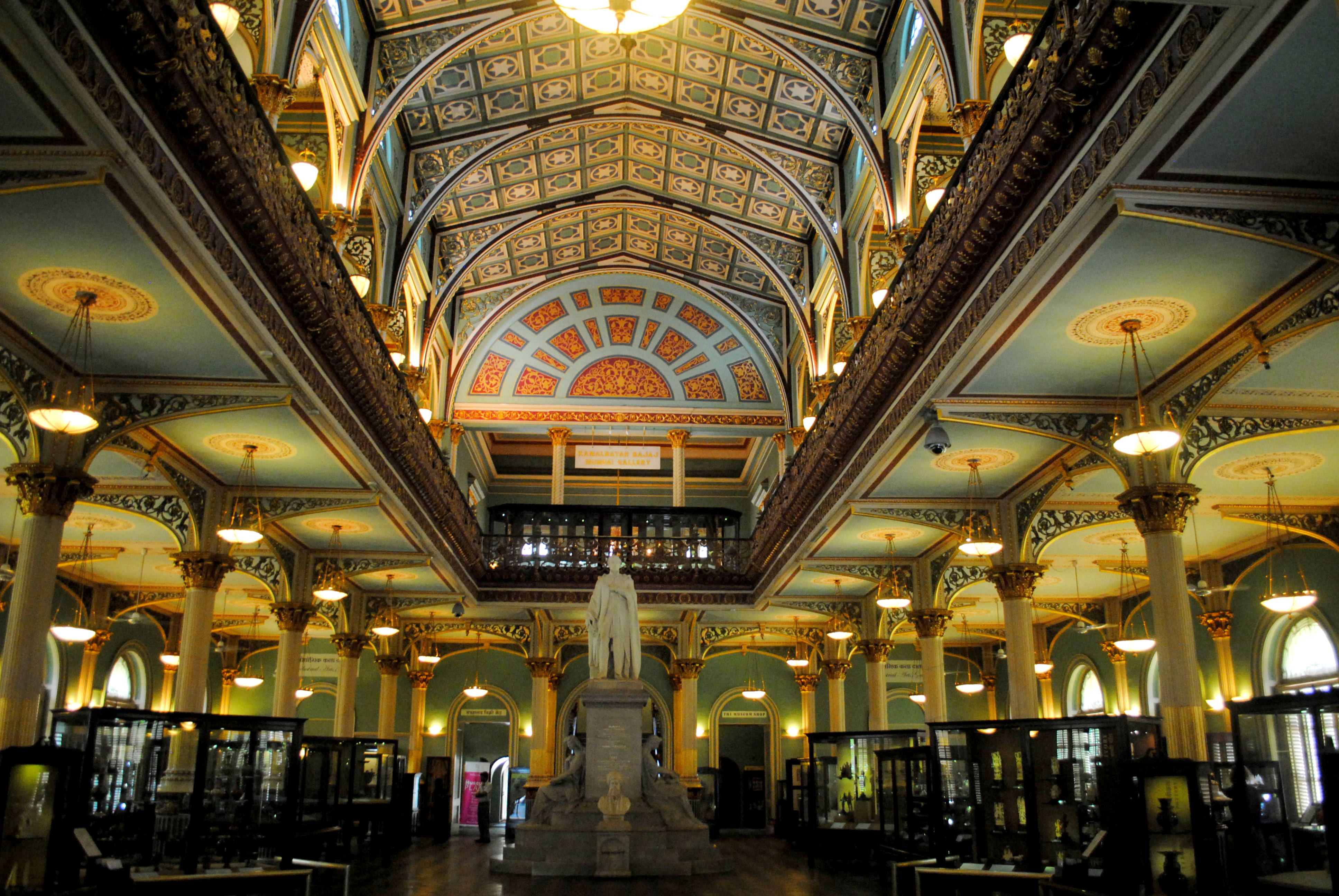 Image: The Dr Bhau Daji Lad City Museum in Mumbai. Between 2003 and 2007, this museum, established in 1855, has undergone a major restoration under the supervision of the Mumbai chapter of the Indian National Trust for Art and Cultural Heritage (INTACH).
Image: The Dr Bhau Daji Lad City Museum in Mumbai. Between 2003 and 2007, this museum, established in 1855, has undergone a major restoration under the supervision of the Mumbai chapter of the Indian National Trust for Art and Cultural Heritage (INTACH).
Till now, we have been travelling in a time capsule and looking at how the first few museums were formed in India, trying to get a glimpse of the people who made them, the buildings that house the initial collections, and the first visitor communities of the country. India had still not gained independence and museums represented an impactful aspect of British rule in India. Read the previous two posts in the ‘Museums in India’ Series here and here.
Now, let’s journey through the dawn of museums in Independent India.
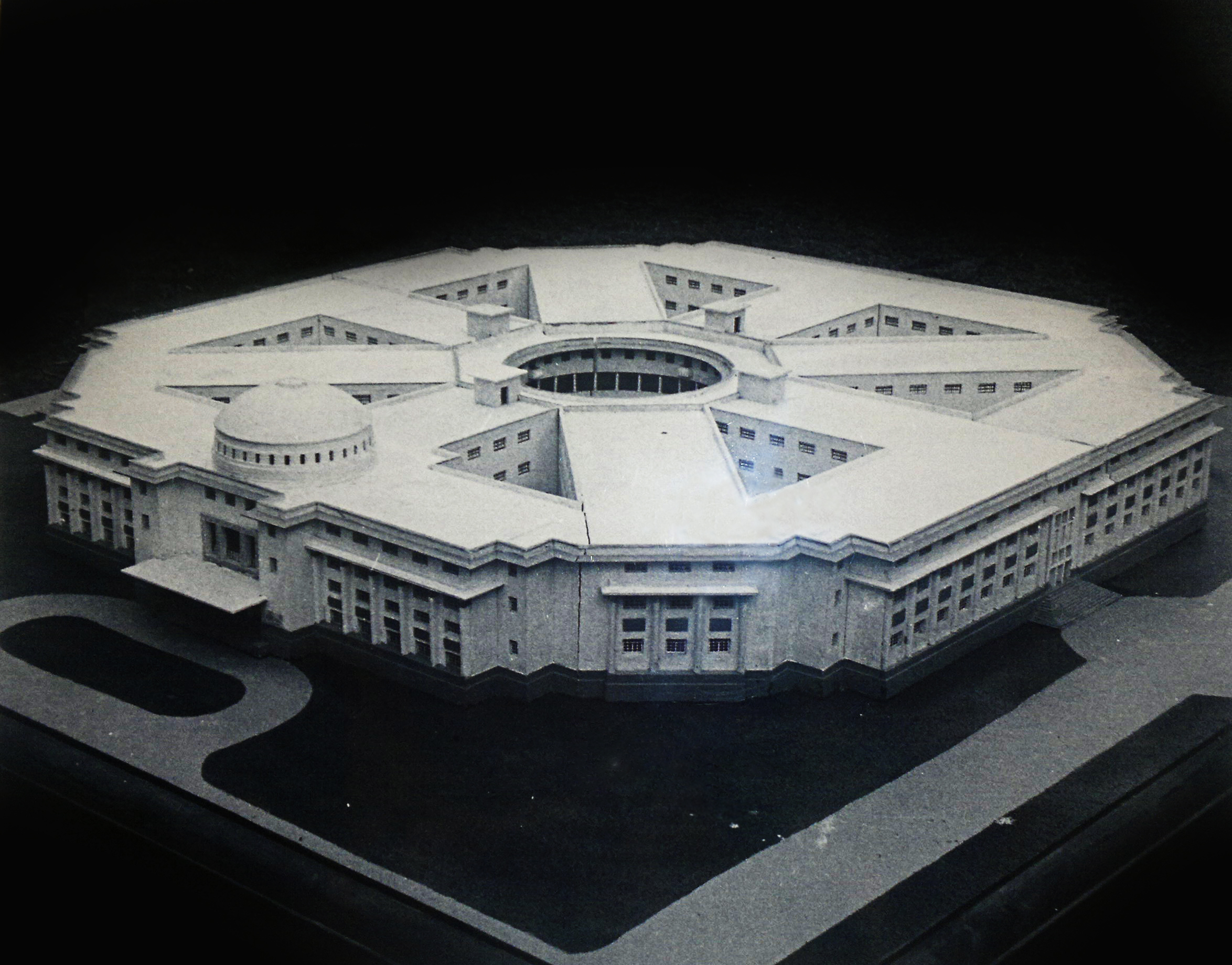 Image: An model scale of representation of Delhi’s National Museum
Image: An model scale of representation of Delhi’s National Museum
India’s Independent Identity
After India won Independence on August 15, 1947, her leaders started searching for a museum that would enshrine the free country’s vast heritage and give her a national identity; this resulted in the establishment of the National Museum.
Though it stands as one of the biggest edifices of independent India in the cultural sector, the initial idea to set up the National Museum in New Delhi was mooted by the British in 1946 and opened to the public at Janpath in 1960. Its initial collections came from Ajit Ghosh, S.T. Srinivas Gopalachari, Sharan Rani Bakliwal and others, acquired through donations or purchases. Grace Morley (1900-1985), who was the museum’s first director, came to India in 1960. She was the founder of the Museum of Modern Art in San Francisco and was invited to direct the National Museum, which she did over the next 6 years.
Writes Dr. Priyatosh Banerjee, “Dr. Morley was well aware of the need of developing the talent and expertise of the Museum staff. With that end in view she arranged the Weekly Lectures and discussion groups on various subjects, including security. So that the Museum can develop as a Centre of education she paid a great attention to the development of educational activities. She encouraged film programs on archaeological sites and monuments and other subjects of museum interest, school visit with proper preparation and follow ups afterwards in the classroom, lecturers, discussions with teachers on museum’s use to spread the knowledge of Indian art and culture among the students and school teachers.”
She made India her home and died here 25 years later. Her contribution was recognized by the Government of India and she was awarded the Padma Bhushan in 1982. On receiving the award, Dr Grace Morley humbly said, “I feel that the honor is not so much a personal recognition as it is a symbolic recognition of the museum profession and its importance in India today.”
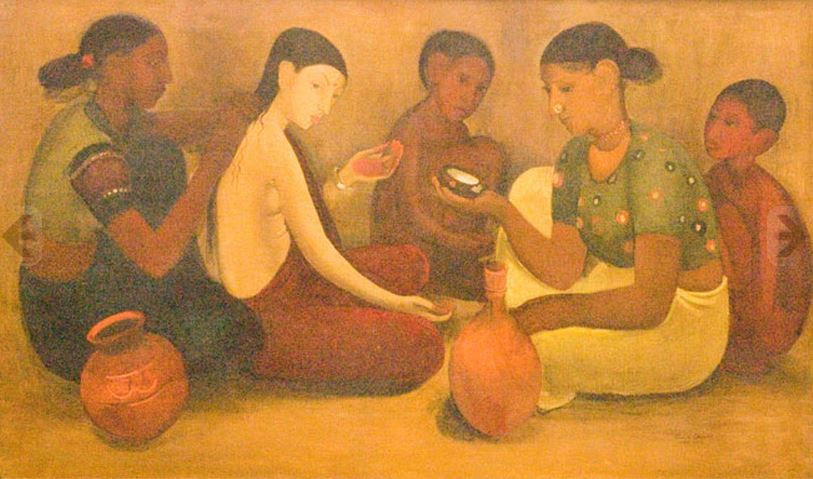 Image: An Amrita Sher-Gil painting housed at the National Gallery of Modern Art in New Delhi.
Image: An Amrita Sher-Gil painting housed at the National Gallery of Modern Art in New Delhi.
The opening of the National Museum was soon followed by the inauguration of the National Gallery of Modern Art (NGMA) at the Jaipur House, Delhi in 1954. This museum was to be the treasure trove of contemporary and modern art beginning from 1857, the year of India’s first struggle for independence. Its initial collection comprised a large bequeathment from Amrita Sher-Gil’s paintings by her family, which is a prized part of the 17,000 art works in the museum even today.
The opening exhibition here included artworks from eminent contemporary artists of the day like Debi Prasad Roy Chowdhury, Ramkinkar Baij, Sankho Chaudhuri, and others. The first director of the NGMA was the acclaimed art historian Hermann Goetz, who had been instrumental in setting up the Baroda Museum, and went on to lead the NGMA. The Gallery also began functioning from two other cities – Bombay and Bangalore, the latter opening to the public as recent as 2009.
While both the National Museum and the NGMA functioned under the aegis of the Ministry of Culture, Government of India, the National Handicrafts and Handlooms Museum, popular as the Crafts Museum, was set up in 1956 by the Ministry of Textiles.
Image: The Crafts Museum in New Delhi holds over 35,000 rare and distinctive pieces reflecting the continuing tradition of Indian craftsmen through painting, embroidery, textiles, various crafts of clay, stone and wood.
The Crafts Museum was a result of the dedication and effort of the spirited Kamladevi Chattopadhyay, who was also responsible for setting up of the National School of Drama, Sangeet Natak Akademi, Central Cottage Industries Emporium, and the Crafts Council of India. It grew rapidly from the Charles Correa designed building at Pragati Maidan, New Delhi, and today preserves 35,000 handloom and handicrafts from every nook and corner of the country. Presently, it is being debated if the Crafts Museum will be retained in its original form or transformed into a Hastkala Akademi (Handicrafts Academy).
The museum movement in India, from its birth, owes a lot to the hard work of visionary individuals, both Indians and foreigners. These individuals fought against adversities, lack of funding and infrastructure, proper conservation, display or research facilities but went on to create and uphold some of the most important cultural institutions of the world in India. Though we visit museums often, we hardly give a thought to the founder parents of these rich, culturally relevant spaces, and the contributions of these pioneers. Have you heard of the names of these individuals?
 Image: The Kiran Nadar Museum in New Delhi.
Image: The Kiran Nadar Museum in New Delhi.
Private Collectors and Museums
In the last four decades, we have seen that museums have become an intrinsic part of India’s urban life. In the 80s, they became widely accepted by all sections of the Indian populace. Soon museums, now mainly private initiatives, were constructed across the country with region-specific collections. The main objective was to display, preserve and document the rich cultural heritage of the entire county, now free from colonial rule, including the conservation and protection of the handlooms, handicrafts, art and palatial treasures, as well as folk and ethnographic artifacts of the region in which the museums are based. Udaipur’s City Palace Museum, set up in 1969 by Maharana Bhagwat Singh of Mewar, was one such museum.
The other important private museums in the country that were founded on the basis of private collections include the Gurusaday Dutt Museum (Kolkata), the Raja Dinkar Kelkar Museum (Pune), the Vechaar Utensils Museum (Ahmedabad), the Sulabh International Museum of Toilets (New Delhi), and the Kiran Nadar Museum of Art (New Delhi).
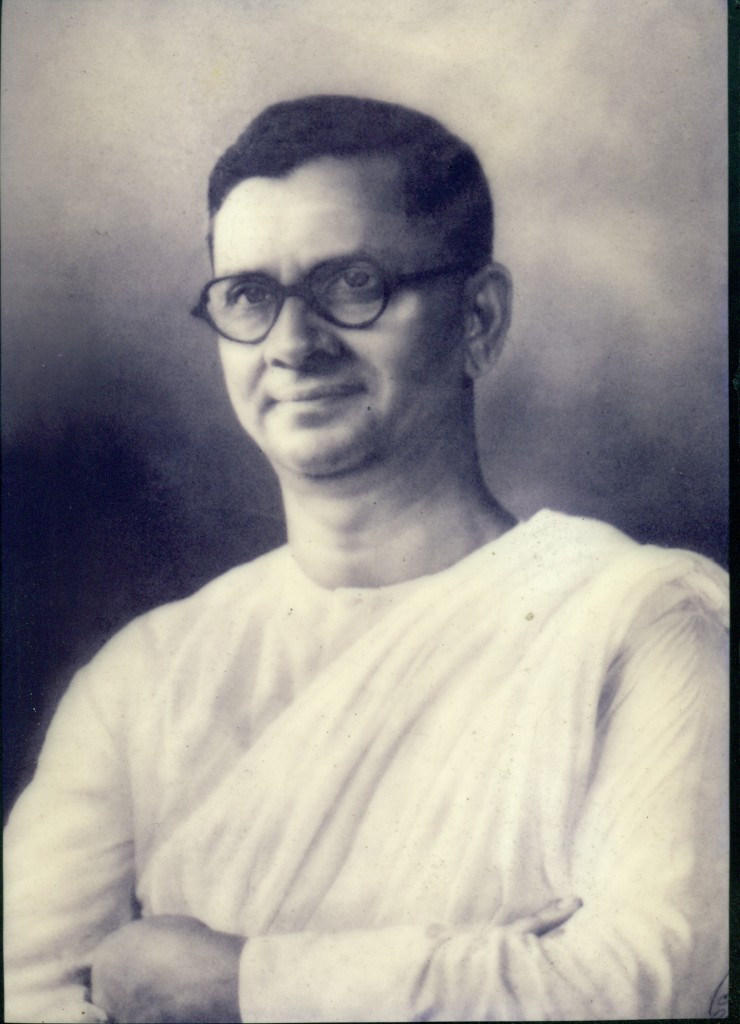 Image: The ICS officer Gurusaday Dutt
Image: The ICS officer Gurusaday Dutt
Civil servant, folklorist and writer, Gurusaday Dutt (1882-1941) collected textiles, handicrafts, manuscripts, masks, moulds, toys, terracotta objects, and anything that was used by local people in undivided Bengal and later West Bengal. His collection of 2,325 objects was donated to the Bengal Bratachari Society and the museum formally opened in 1961 with nominal funding from the Society. Beginning 1984, the museum began receiving funding from the Ministry of Textiles.

Image: Raja Dinkar Kelkar Museum is a three-storey structure in Pune that houses various sculptures dating back to the 14th century.
Dr D G Kelkar dedicated his entire life’s obsession of 21,000 objects in the memory of his son Raja, for the Raja Dinkar Kelkar Museum, which was set up in Pune in 1975. These objects, ranging from musical instruments to cooking tools and devices, reflect the lifestyle and activities of the common people.
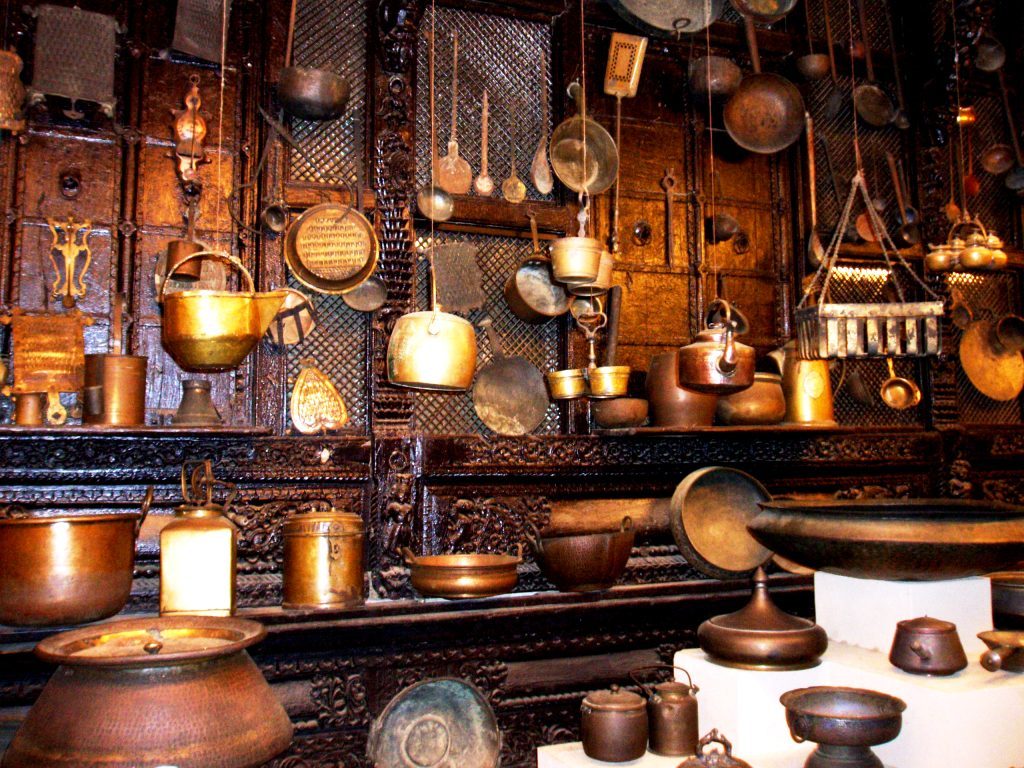 Image: Vechaar or Vishalla Environmental Centre for Heritage of Art, Architecture and Research was built in 1981 within the vicinity of Vishalla village.
Image: Vechaar or Vishalla Environmental Centre for Heritage of Art, Architecture and Research was built in 1981 within the vicinity of Vishalla village.
Surendrabhai Patel was an architect and interior designer who had a passion for locating utensils and storing them. His passion drove him to scrap dealers, where he would buy old and used utensils that people traded for newer ones. Over the years, he gathered many objects and the country’s first “Utensils Museum” came up in Ahmedabad in 1981. It is attached to the Vishalla restaurant and presently exhibits utensils from all over India.
The most recent private museum is the Kiran Nadar Museum in New Delhi. It opened in 2010 and accommodates modern and contemporary Indian art. Funded by the Shiv Nadar foundation, the museum is located in a mall in Saket, making it easily accessible.
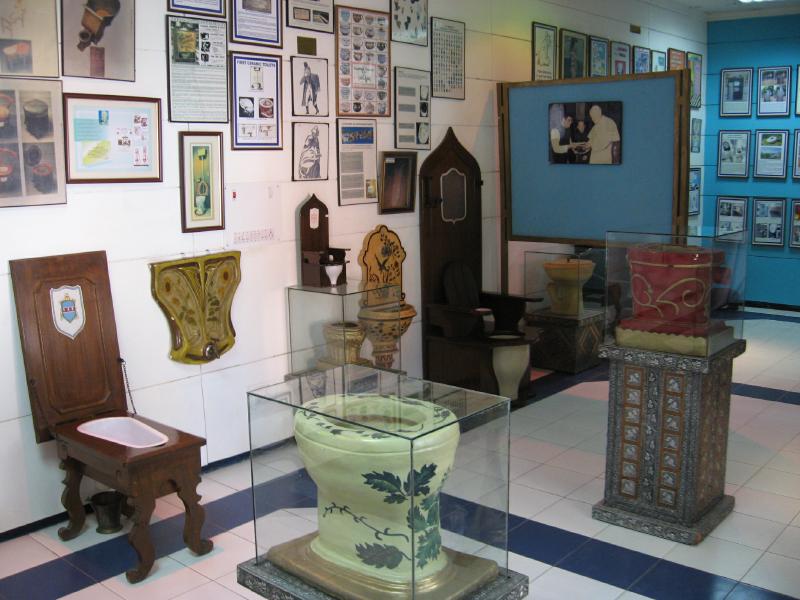 Image: The Sulabh International Museum of Toilets in Delhi is a museum run by the Sulabh International, which is dedicated to the global history of sanitation and toilets.
Image: The Sulabh International Museum of Toilets in Delhi is a museum run by the Sulabh International, which is dedicated to the global history of sanitation and toilets.
But the museum to have made it to the TIME magazine list of the top 10 quirkiest museums in the world is the Sulabh International Museum of Toilets, New Delhi. It was set up by Dr. Bindeshwar Pathak in his office at Mahavir Enclave, on Palam-Dabri Road to exhibit his global collection of toilets narrating the story of mankind’s waste disposal history spanning nearly 4,500 years. On the museum’s official website, he describes how he wrote to close to 100 countries requesting them for information on the history of their toilets – and he got responses from 60 of them!
It is incredible how the dedication, passion and perseverance of individuals has resulted in the preservation and display of some of the most simple and basic necessities of life.
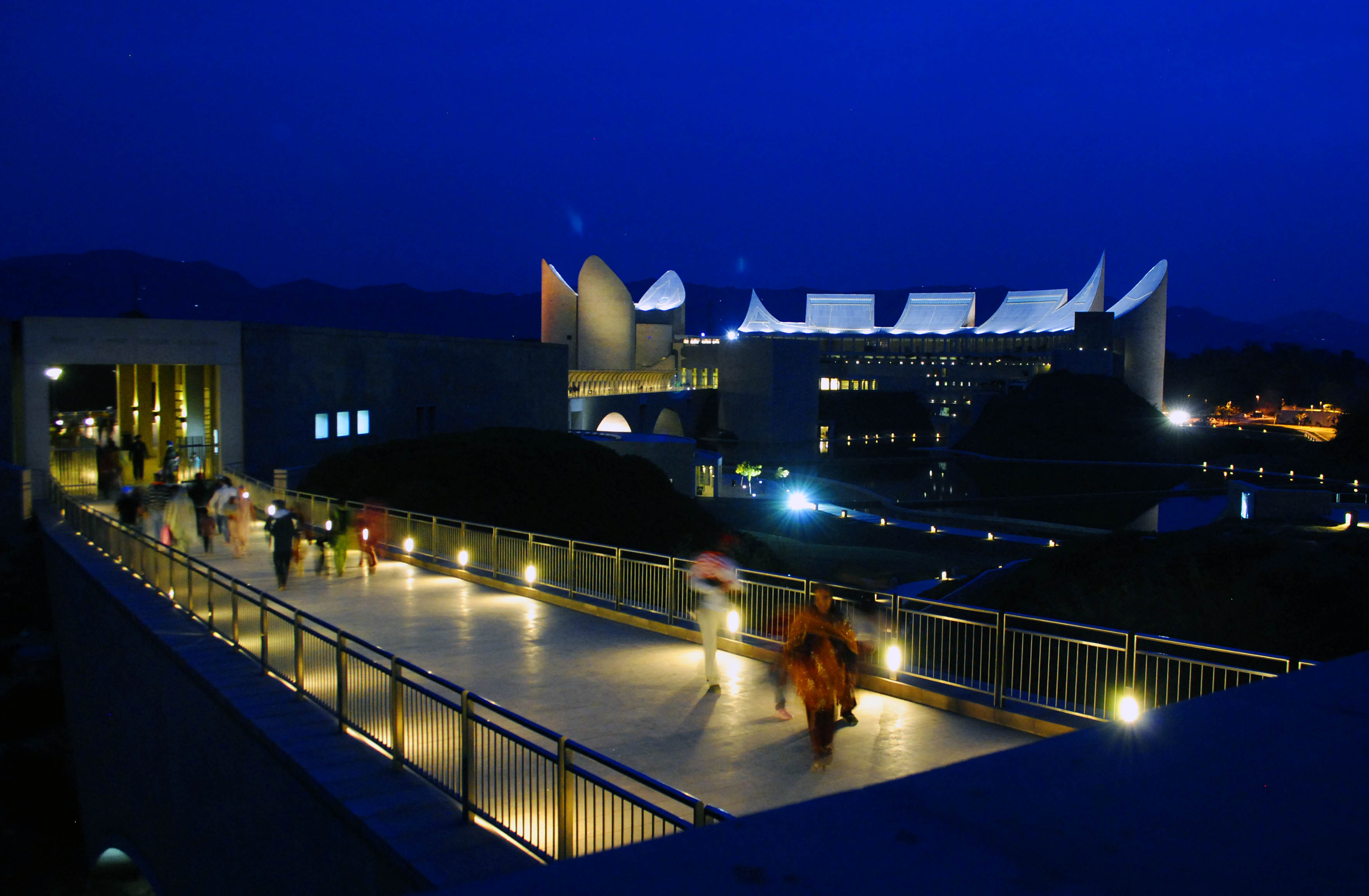 Image: Virasat-e-Khalsa is a museum of the Sikhs located in the holy town, Anandpur Sahib, near Chandigarh, the capital of Punjab.
Image: Virasat-e-Khalsa is a museum of the Sikhs located in the holy town, Anandpur Sahib, near Chandigarh, the capital of Punjab.
Religious museums
Interestingly, some new museums that have come up in India in the last 15 years are not government or private ventures but sponsored by religious organizations. These are part of attempts by the organizations to reach out to a global audience using digital communications platforms and technological means to narrate the story of their religion.
The most prominent of them is the Virasat-e-Khalsa, locally known as Ajooba (or miracle), at Anandpur Sahib, Punjab. It narrates the story of the Khalsa and Sikh history through large interactive modules, paintings and recreations; visitors queue up for hours to enter this space. It is probably the only Indian museum with any reference to the Partition between India and Pakistan.
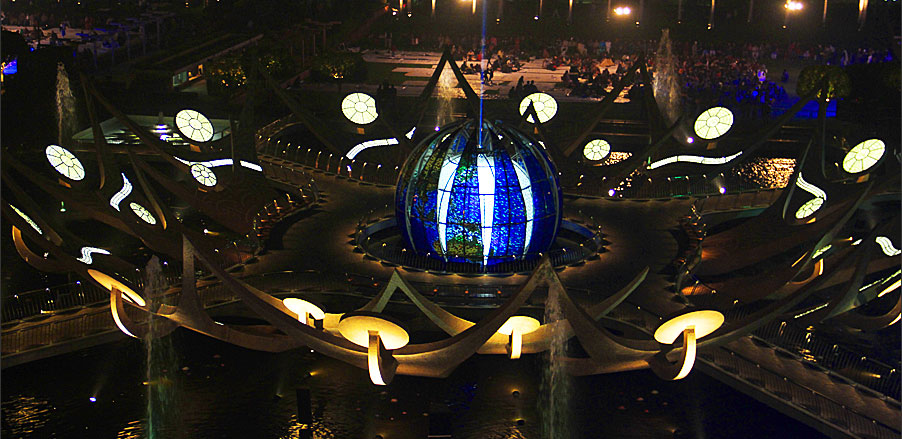 Image: The Nirakari Museum was officially launched by Baba Hardev Singh in February 2005.
Image: The Nirakari Museum was officially launched by Baba Hardev Singh in February 2005.
The others are the Nirankari Mission Museum in Delhi, spearheaded by the Sant Nirankari Mission; the Sadhu Vaswani Museum in Pune by the Sadhu Vaswani Trust; and the upcoming museum at Khetri, Rajasthan established by the Ramakrishna Mission.
The Buddha Smriti Park Museum in Patna, the only museum dedicated entirely to the legacy and heritage of Gautama Buddha, will open to the public in the near future. This author had the honor of being part of the research, content writing and curation of the project. An animation film, recreation of a meditation cave, hand painted interpretation of Jataka tales, and several exhibits especially created by the state’s crafts communities using traditional skills like Sikki, Patachitra and terracotta have been used to communicate the story of the Buddha’s life to visitors.
End Note
If you haven’t visited any of these museums then it is best to pack your bags and venture out now. Most of these museums have websites that will help you plan your trip. When you visit them don’t forget to pick up souvenirs from their shops – this way you not only retain your memory of the visit but also contribute to the maintenance of the museum.
Do remember that the museums mentioned here are but a slice of the entire country’s rich cultural heritage. Probably by the time you return from your visit, a new museum would have been conceived somewhere in India. So go ahead, have fun traveling into the past and do not forget to share your experiences with us.
About the Author
 Poulomi Das is a multi-disciplinary professional with experience in interpretation, curation, collection management, and research. She has worked on several museums and heritage space projects in India.
Poulomi Das is a multi-disciplinary professional with experience in interpretation, curation, collection management, and research. She has worked on several museums and heritage space projects in India.







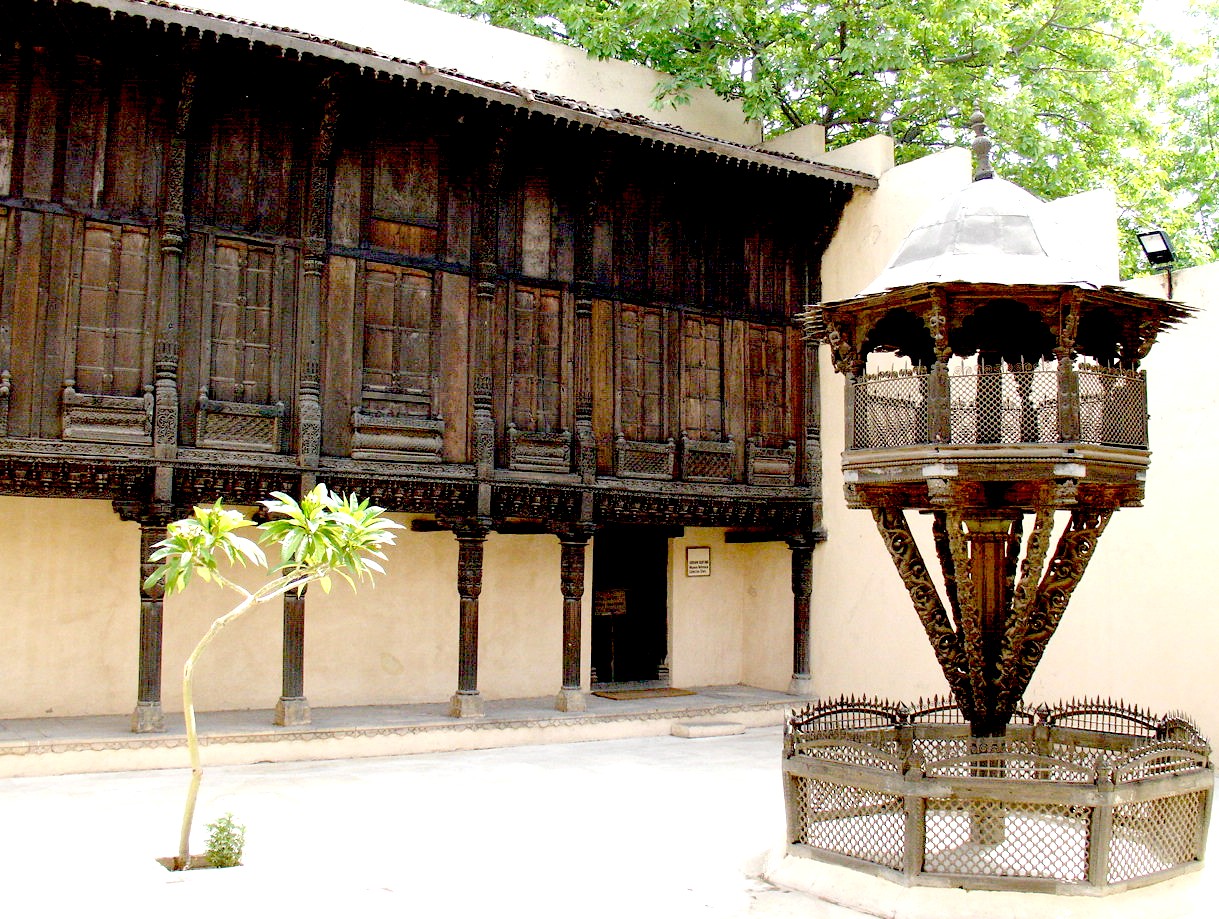
Reblogged this on EVE.
Enjoyed reading this post as well! I had not heard of Virasat-e-Khalsa museum…will surely check it out next time I get a chance. It’s interesting that people call it ‘Ajooba’ (miracle). I also read somewhere that Patna museum is called ‘Jaadu Ghar’ (Magic house) by locals. What this tells me is that the idea of specimens in a building is an exotic concept for Indians. What began as ‘Cabinet of curiosities’ in Europe and with several centuries covering Renaissance, Age of enlightenment, Industrial revolution, common man of Europe could connect with the idea of curiosities. John Gutenberg’s invention of printing machine around 1490 led to availability of books for the masses which were only available to elite earlier. Book reading in India is yet to take off and India is yet to have its equivalent of Renaissance only then these museums would not be Ajoobas. Only handful of elite in India talk about museums…though I seriously doubt if majority of these elites also get it. We got closest to European Renaissance with the Bengali Renaissance starting with Raja Rammohan Roy and led to world renowned scientists (Satyendranath Bose, Meghnad Saha, JC Bose) and polymaths like Tagore…but that movement unfortunately remained restricted to elite only and died down eventually. Biggest roadblock to progress in India is elitism and elites will of course prefer status quo. I reckon creative design and creative writing can conquer elitism, even if there’s lack of funding or political will or corruption etc.
This was my contribution of gyan for the day…need to get back to my day job now 🙂
Also wanted to share another museum – Hall of Fame in Leh, Ladakh that covers Ladakh culture and Indian Army’s Kargil war. Built with lot of passion and must see!